Want to improve your ability to anticipate? Remember these 4 key points.
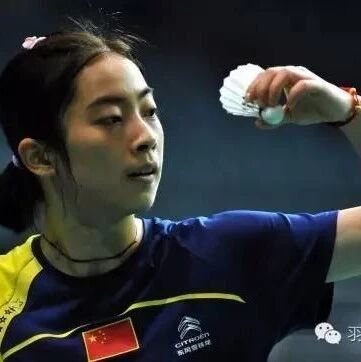

The process of anticipation is the brain’s way of sifting through countless possibilities to determine the most likely return path. In fact, your ability to anticipate can improve over time with consistent on-court experience. Today, we’ll explore together how you can enhance your predictive skills.
1. After releasing the ball, keep your eyes on the opponent.
Anticipation actually begins the moment you just hit the ball. Many amateur players have a habit of blankly staring at the ball they’ve just struck after making their shot, only shifting their focus back to track the incoming ball once their opponent has already started their own play.
The correct approach should be: After hitting the ball yourself, quickly shift your gaze and focus on the opponent's racket hand and arm.
2. Master the basic principles of various ball trajectories
If we hit a high, deep shot from the right side of our court, opponents typically respond either with a straight-line return to the backcourt or a drop shot angled diagonally toward our forehand side. On the other hand, if we deliver a powerful, aggressive smash from our forehand position, the opponent usually has no choice but to lob the shuttle back near the net. And when we press forward, targeting the opponent’s forehand baseline, their returns will generally be limited to just two predictable options: either landing in the mid-court area or going directly into the net. In short, once you’ve mastered these basic shot patterns, making accurate predictions becomes much easier.
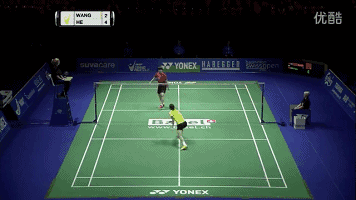
3. Learn to analyze your opponent's habitual patterns
The fundamental principles underlying various ball trajectories are universal—most players tend to approach them in a similar way. Yet beyond these common approaches, each player also develops their own unique serving habits and personalized ball paths, which form the essence of their individualized technical style.
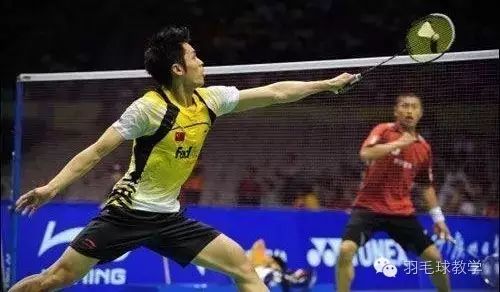
Shortly after the match, analyzing and mastering their technical features, fundamental playing styles, and unique tactical approaches within the shortest possible time is a crucial strategy for gaining the upper hand in subsequent competitions.
4. Strengthen step practice
On the court, you can't rely solely on anticipation to dictate your footwork—instead, we depend more on adjusting our steps, timing our starts precisely, positioning ourselves effectively, and moving with speed to execute accurate, proactive shots.
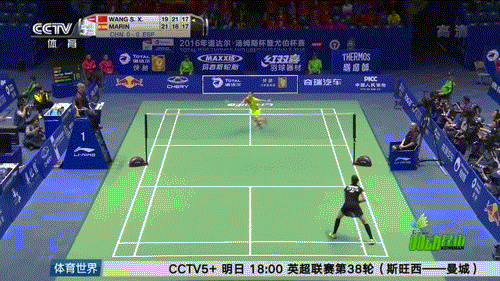
Therefore, you should intensify your footwork training, paying special attention to perfecting your timing for initiating movement and refining your initial steps—this will help enhance both your agility and speed of movement. As your overall skill level improves, your ability to anticipate moves will naturally develop as well.
More article recommendations:
There are 4 ways to hit a badminton shot into an open space—90% of players only know the first one.
How to practice badminton at home? Practicing this way works great!
Related Articles

Why do blisters form on the soles of your feet when playing badminton? 90% of cases are linked to these 3 reasons.
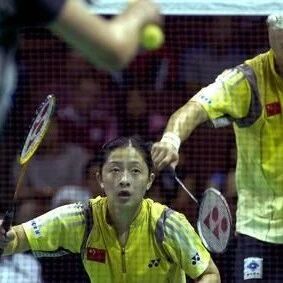
Can't you manage doubles in badminton—don't be shy to ask? Here are three rotation techniques you should master as soon as possible.
